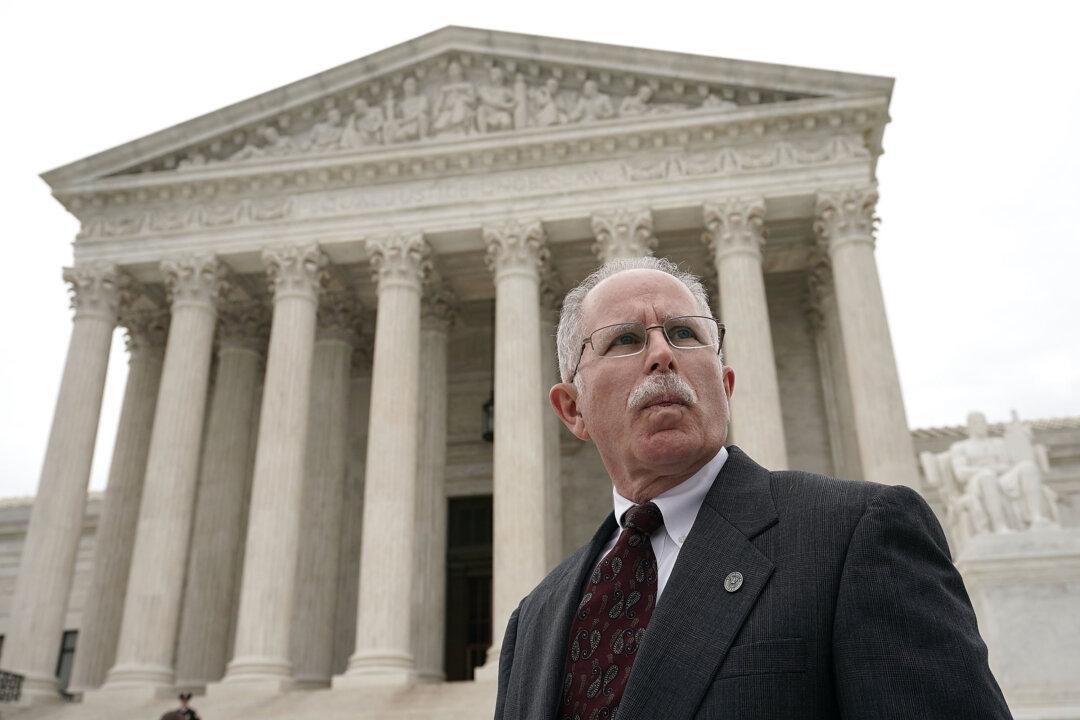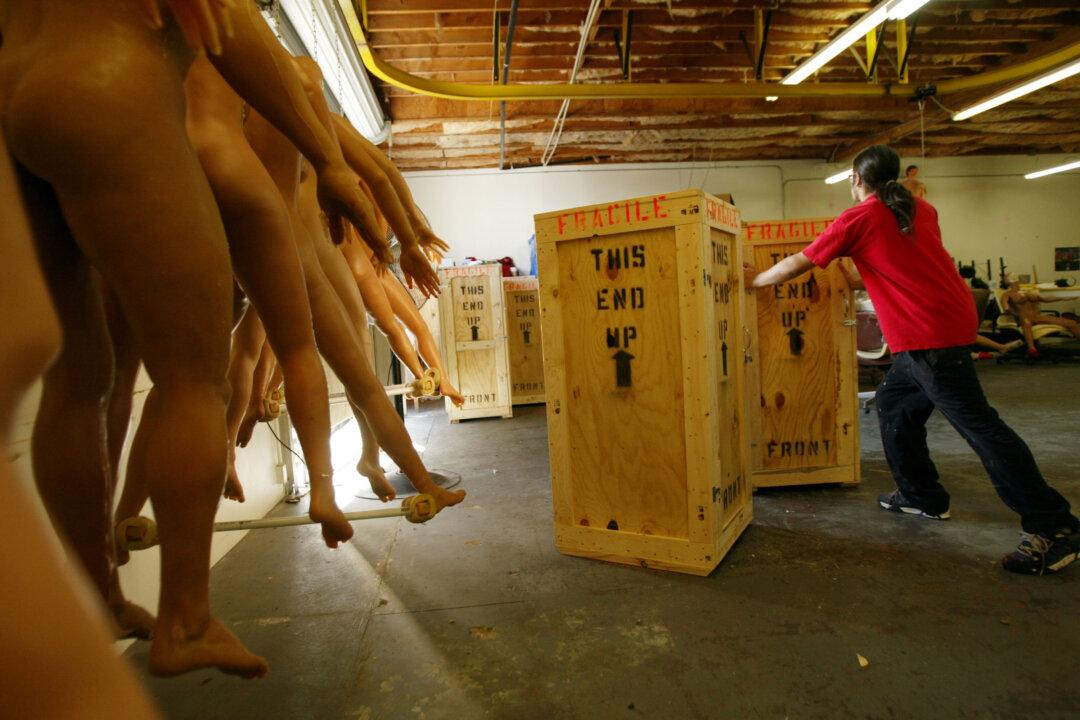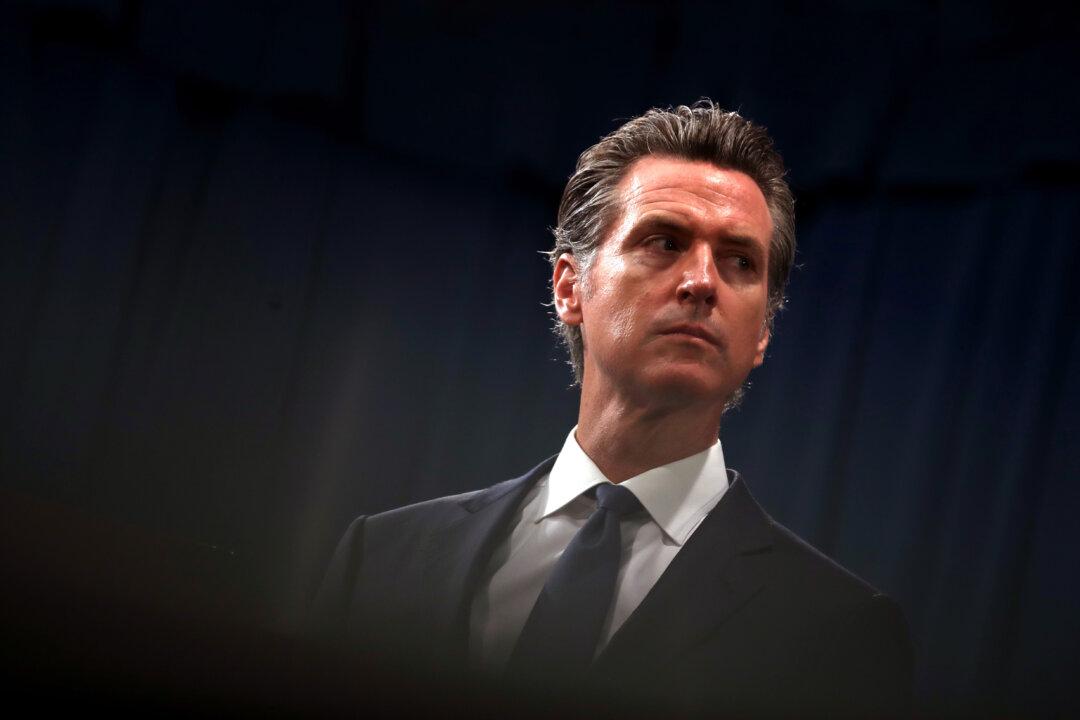LOS ANGELES—The 2018 Supreme Court decision that found government employees cannot be forced to pay a government union as a condition of working in public service could still be at risk, say the plaintiff and an attorney from the case.
Mark Janus, plaintiff in the Supreme Court case Janus v. AFSCME, and Bill Messenger, staff attorney at the National Right to Work Legal Defense Foundation, shared their insight as to whether the case would someday be brought back to the Supreme Court for a challenge.





